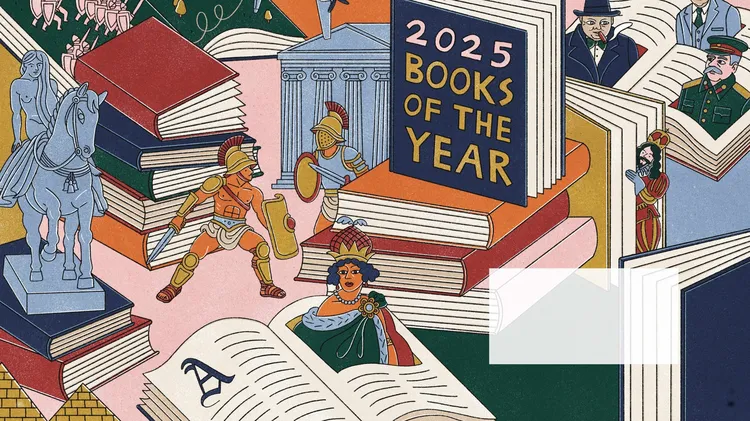MICHAEL WOOD ON
It’s packed with jaw-dropping material you never see in mainstream galleries
3 min read
This article is from...
Read this article and 8000+ more magazines and newspapers on Readly






